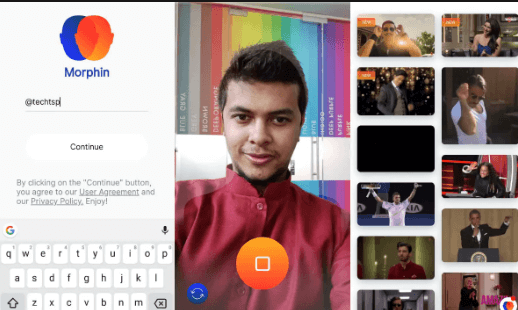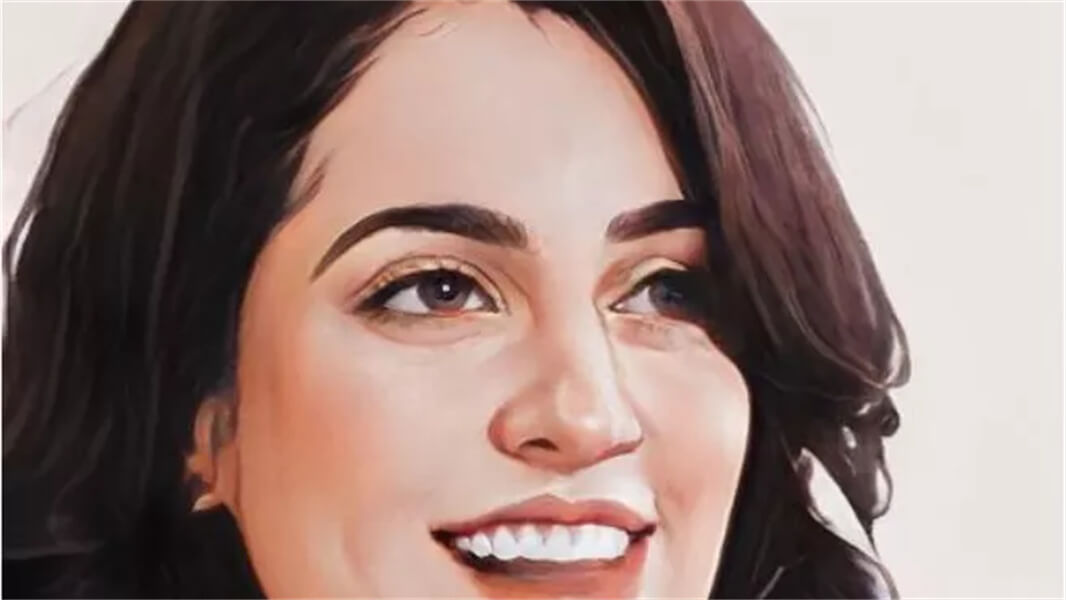Using a deepfake video maker is easy, but the results can be unrealistic. This is especially true for people who want to parody celebrities. The trick is to make it obvious that you are parodying someone. Use the app carefully. It can create unrealistic videos quickly and easily, but you still need to take care to make sure you don’t hurt anyone’s feelings.
Zao

Deepfakes are videos made by combining machine learning with the likeness of an actual person. These videos can be used for various purposes, including revenge porn and spreading misinformation. But there are many dangers associated with deepfakes, including misuse of images. Zao, the company behind the app, has apologized for its actions, saying that they were insensitive and inconsiderate about people’s concerns.
Another feature that Zao has is the ability to superimpose faces on videos. Some of the videos have starred actors and celebrities, including Marilyn Monroe and Leonardo DiCaprio. This has raised concerns about privacy. Some users have complained that the app’s user agreement states that it will grant access to the images uploaded by users and will use them for marketing purposes. Since the app came under fire, Zao has added an additional clause requiring users to explicitly consent to the use of their information.
DeepFaceLab is the most popular deepfake maker software. It is widely used, and the vast majority of deepfake videos are created using it. It is available for windows, and it is free to download. There is no premium version, and it is open source.
Morphin

One case in which deepfake is used is Coles in Deposition, where Coles appears as a visual conflation of himself and Purdue Pharma CEO Richard Sackler. The video uses deepfake to make Coles look like Sackler, who represents the Guggenheim and Purdue Pharma. The video maker has no precedent for this type of litigation, so the legal liability for deepfake is unknown.
Ume

Ume is a visual effects artist and machine-learning expert. He works with a group of people who make deepfakes of celebrities and other figures in popular culture. They are based in Ghent, Belgium. Their videos have become viral sensations thanks to the clever use of deepfakes.
In addition to his own work, Ume has created several software programs to help other Deep Fake artists. One of his most famous projects is DeepTomCruise, but he has worked on many other similar projects. Another of his latest projects is MVE, a neural rendering project manager. This software enables Ume to keep all the DFL training material in a single project folder, and includes advanced sorting algorithms and manual face and mask editor tools.
Deepfakes are gaining popularity in mainstream culture. They have become a form of video art, and many large companies have already begun using them. For instance, corporate training videos can now use deepfaked voices and avatars. Another example is the Momo app, which lets users superimpose their face onto a video. A Japanese AI company is even planning to create a full-body deepfake for the fashion industry.
The technology behind deepfake videos is quite impressive. It is able to mimic the movements and facial expressions of people in real life. By analyzing millions of photos, deepfake algorithms can produce stunningly accurate representations of celebrities and other people.
MMasked
MMasked is an online deepfake video maker. The software allows you to make fake videos of yourself or others using deep learning technology. It uses deep learning algorithms to detect faces and transfer them to different bodies. The videos are not only highly realistic, but also contain a variety of different lighting and audio conditions.
The video maker identifies himself as a Slovakian citizen living in the Czech Republic and works as a 3D artist. He wants to raise awareness about the subversive potential of deepfakes. While the general public knows that photos and videos can be Photoshopped, they are not as aware of the subversive possibilities of deepfakes.
While many of these fakes look convincing, they are not always perfect. Even experienced fakers can make some mistakes. For example, in one failed outtake on YouTube channel AsArt, Adam Driver’s face doesn’t match Alan Rickman’s. Despite using the same facial features, the software doesn’t seem to notice the mismatch in the forehead.
Conclusion
Each tool has different usage methods and effects, and I hope you can find what you like after trying it out.
